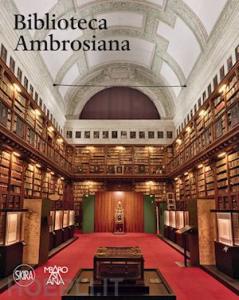Scultura a Gualdo: Augusto Perez, Floriano Boldini, Adriano Bimbi
Non disponibile
Non disponibile
| Peso | 1,50 kg |
|---|---|
| Data di pubblicazione |
Gualdo, Comune di Gualdo, 1997. Cm.24×31, pag. 30 ca, fig. in nero, br
Catalogo della mostra a Gualdo nel 1997
Non disponibile














